Best Earth Images of the Week - June 15, 2012

Smiley Face

Margarita the giraffe just gave birth to a female calf at the Nashville Zoo on Sunday, June 10. Just four days old, the baby giraffe already stands 6 feet, 2 inches tall (1.9 meters) and weighs about 160 pounds (73 kilograms).
Mother and calf are doing well and are currently off exhibit, the zoo said. Zoo officials plan to carefully monitor the baby's development and will make a decision on her public debut in the coming weeks.
[Full Story: Baby Giraffe Born at Nashville Zoo]
Lava Spew

Kilauea continues to earn its reputation as one of Earth's most active volcanoes.Since January 1983, Kilauea has erupted continuously, coating much of the southeast coast of Hawaii's Big Island in fresh lava, which glows red in this satellite image.
The center of the eruption is Pu'u O'o a crater southeast of Kilauea's summit. From here, the molten rock flows through lava tubes down Kilauea's steep slopes. The lava emerges on the pali (a Hawaiian word for cliff) and on the coastal plain, further down the mountainside.
[Full Story: Hawaii's Kilauea Volcano Spews Lava, As Seen From Space]
Secret Passages
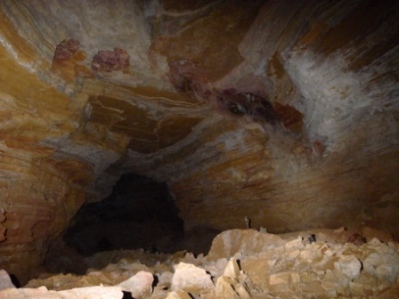
Despite being explored for more than a century, Carlsbad Caverns National Park still hides more passages.
A team exploring the park's Lechuguilla Cave, the deepest cave in the continental United States, climbed over 410 feet (125 meters) into a high dome in early May. Upon reaching the top, lead climber James Hunter discovered a maze of previously unknown passages, pits and large rooms. The team named it Oz.
[Full Story: New Secret Passage Discovered in Carlsbad Caverns]
Fishing Kittens
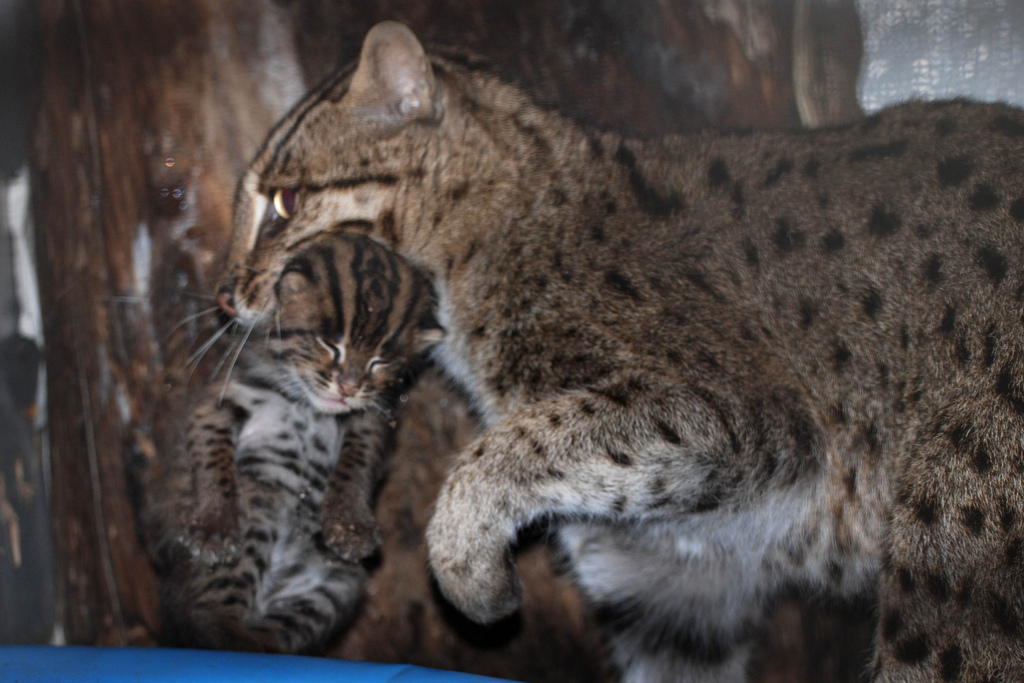
The Smithsonian National Zoo is celebrating the birth of two endangered fishing cats, marking the first time the endangered species has been successfully bred there, the zoo said.
The two kittens were born on May 18 to 7-year-old mother Electra. Zookeepers expect the kittens to become valuable breeders in the future because their genes are not well-represented in the captive population of fishing cats.
[Full Story: Birth of Endangered Kittens Gives Hope to Rare Species]
Rare Tornado in Venice
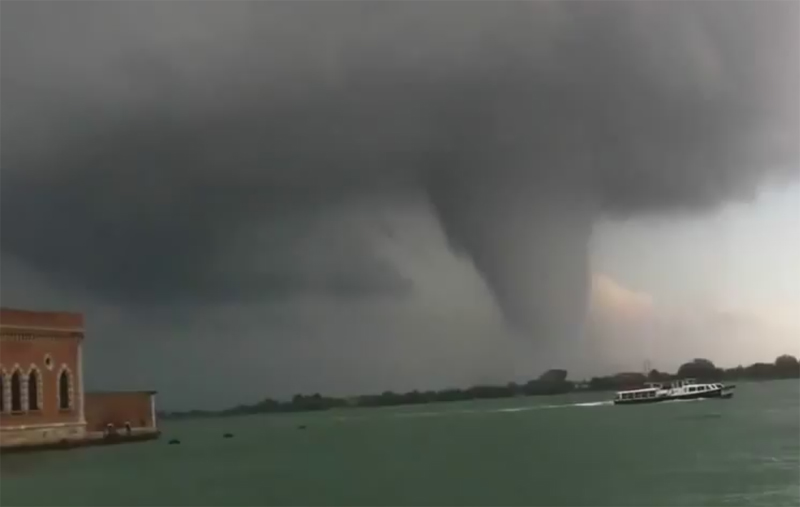
A tornado swept across Italy's historic island city of Venice at around 11 a.m. local time yesterday (June 12), leaving a trail of twisted debris and a shaken populace in its wake.
Videos and images posted on YouTube and splashed across the websites of local media outlets showed a large and menacing twister looming above picturesque tiled roofs and the historic seascapes for which the city is famed.
[Full Story: Videos Show Rare Tornado Striking Venice]
High Park Fire
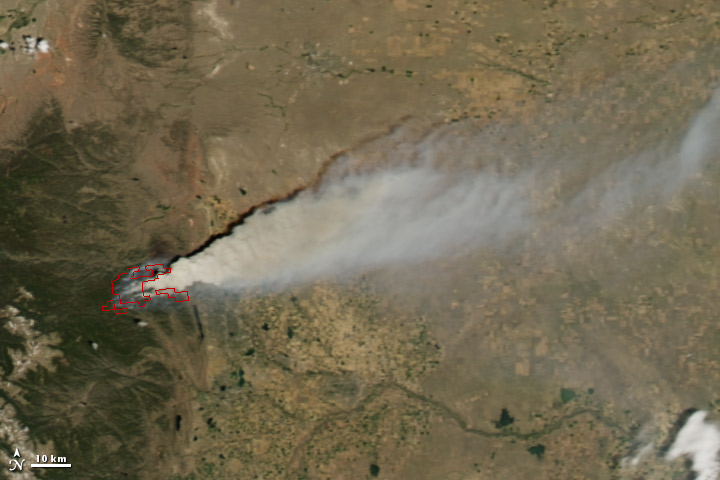
NASA's Aqua satellite captured this picture of smoke from Colorado's High Park fire on June 10, 2012. Notice how actively burning fire, shown by the red lines, has grown from the day prior.
[Full Story: Images: Southwestern Wildfires Seen From Space]
Snaking River

The Juruá River snakes slowly through the half-flooded Amazon rainforest in western Brazil, leaving free-standing oxbow lakes in its wake, which form when a river changes course as it meanders through a floodplain.
The Juruá is the most winding river in the Amazon basin and one of the Amazon River's longest tributaries, exceeding 2,040 miles (3,283 kilometers) in length. Tropical rainforests have some of the largest rivers in the world because of the tremendous amount of precipitation their watersheds receive.
[Full Story: Earth from Space: River Snakes Through Amazon Rainforest]
Get the world’s most fascinating discoveries delivered straight to your inbox.
Elusive Catch
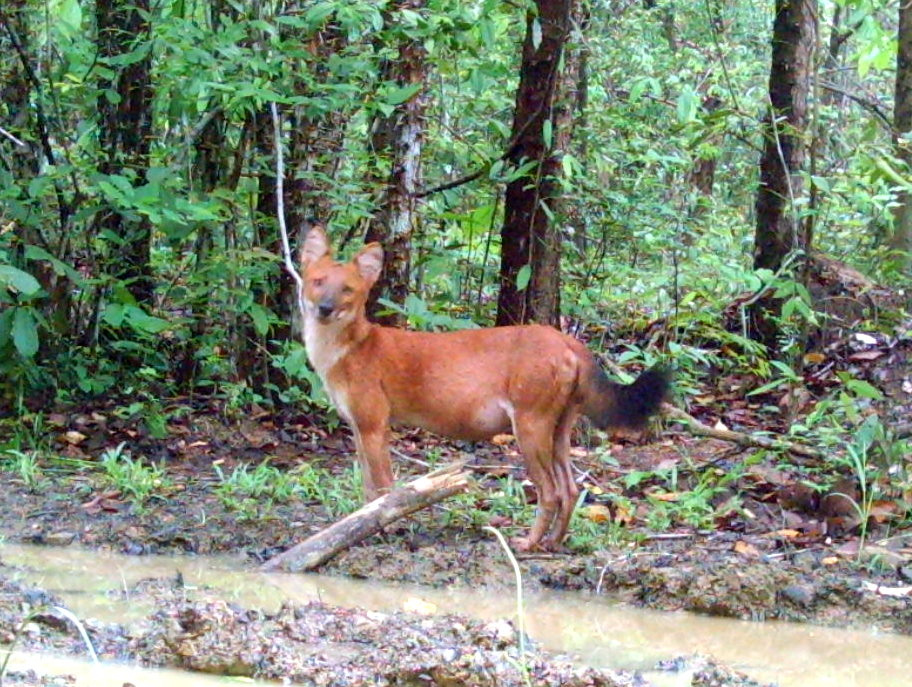
The elusive and endangered dhole, or Asiatic wild dog, has been found roaming the forests of four nature reserves in Thailand. Working with photographs snapped by camera traps set up in 15 Thai parks, researchers have created the first map showing where dholes in this region likely live and what areas are suitable habitats for them.
The wild dogs favor areas deep within parks, far from humans. Enhanced protective programs near forest edges could help preserve dholes, which are more likely to be shot or poisoned when they come too close to civilization.
[Full Story: Elusive Wild Dog Species Spotted in Thailand]



